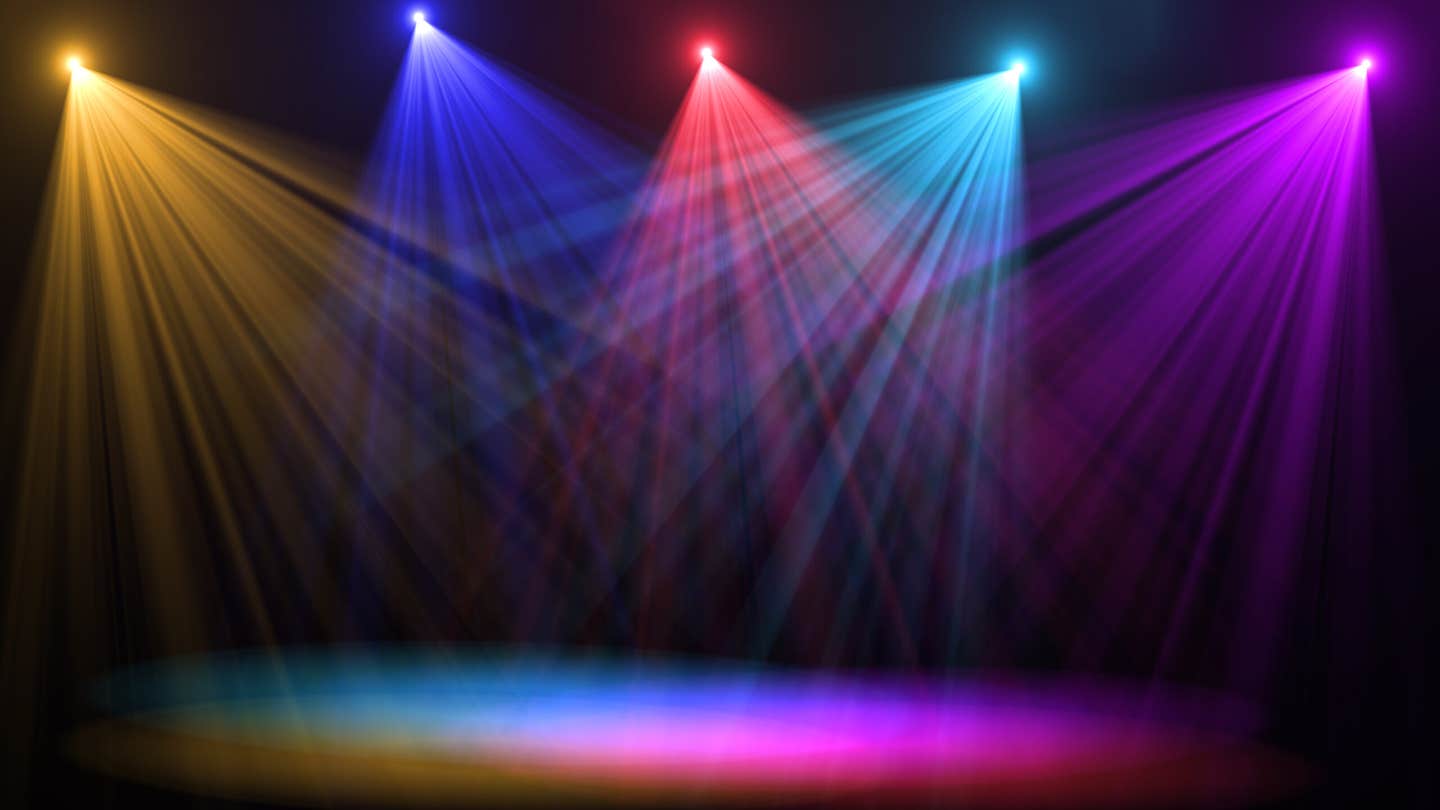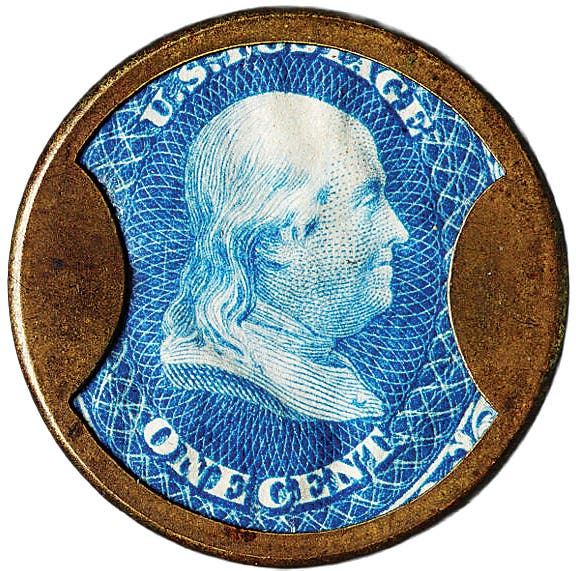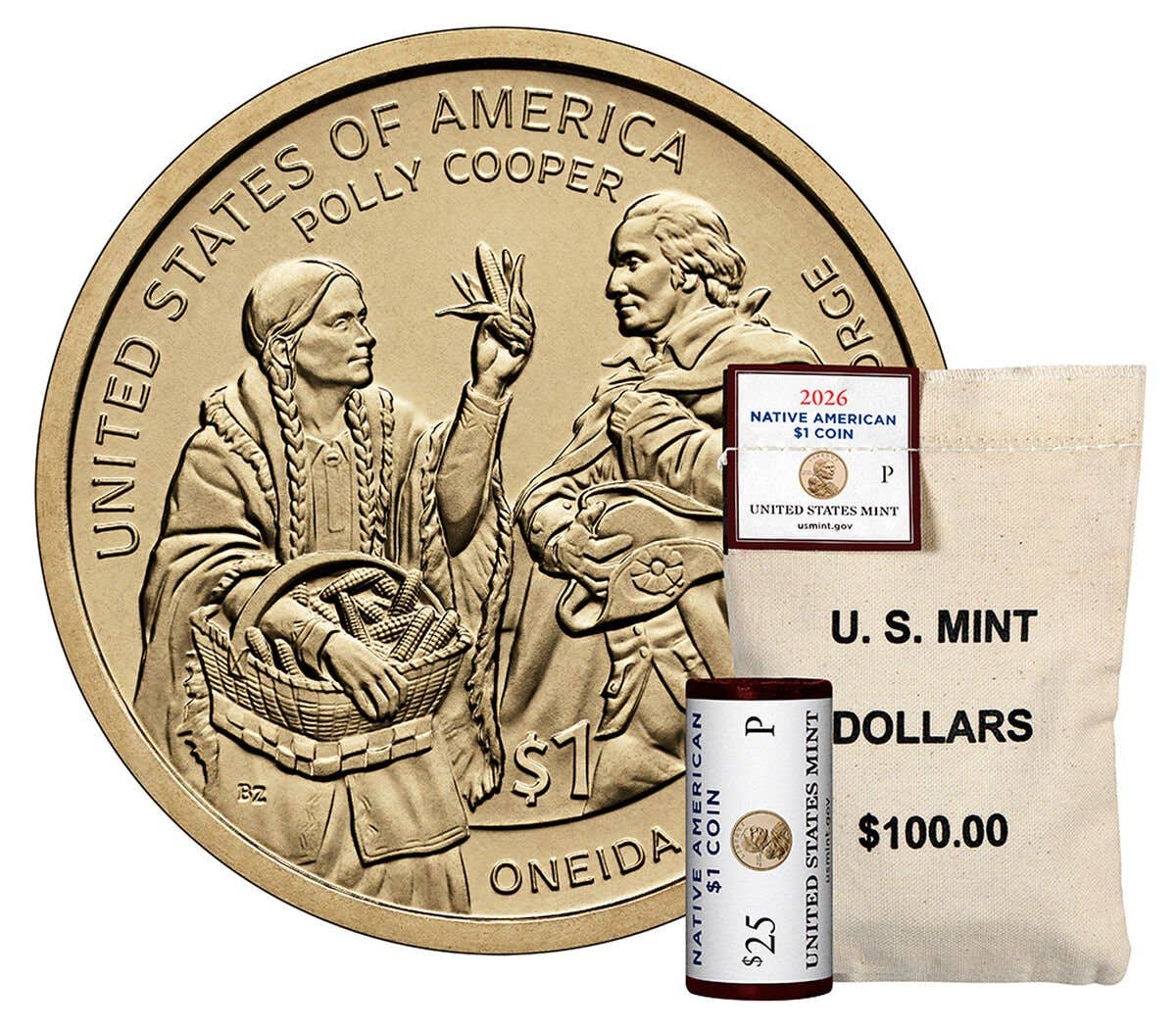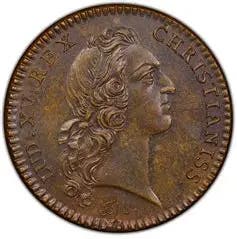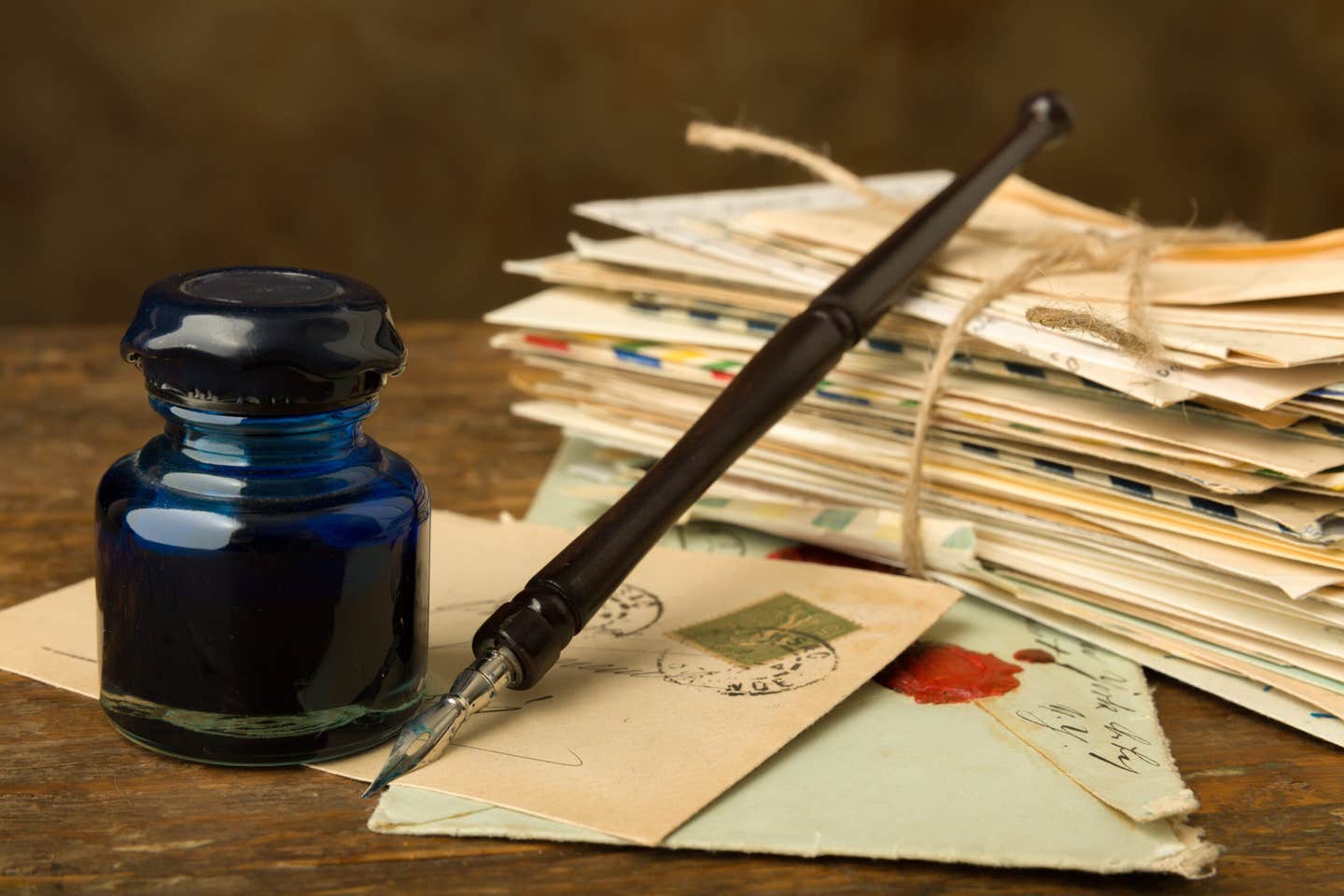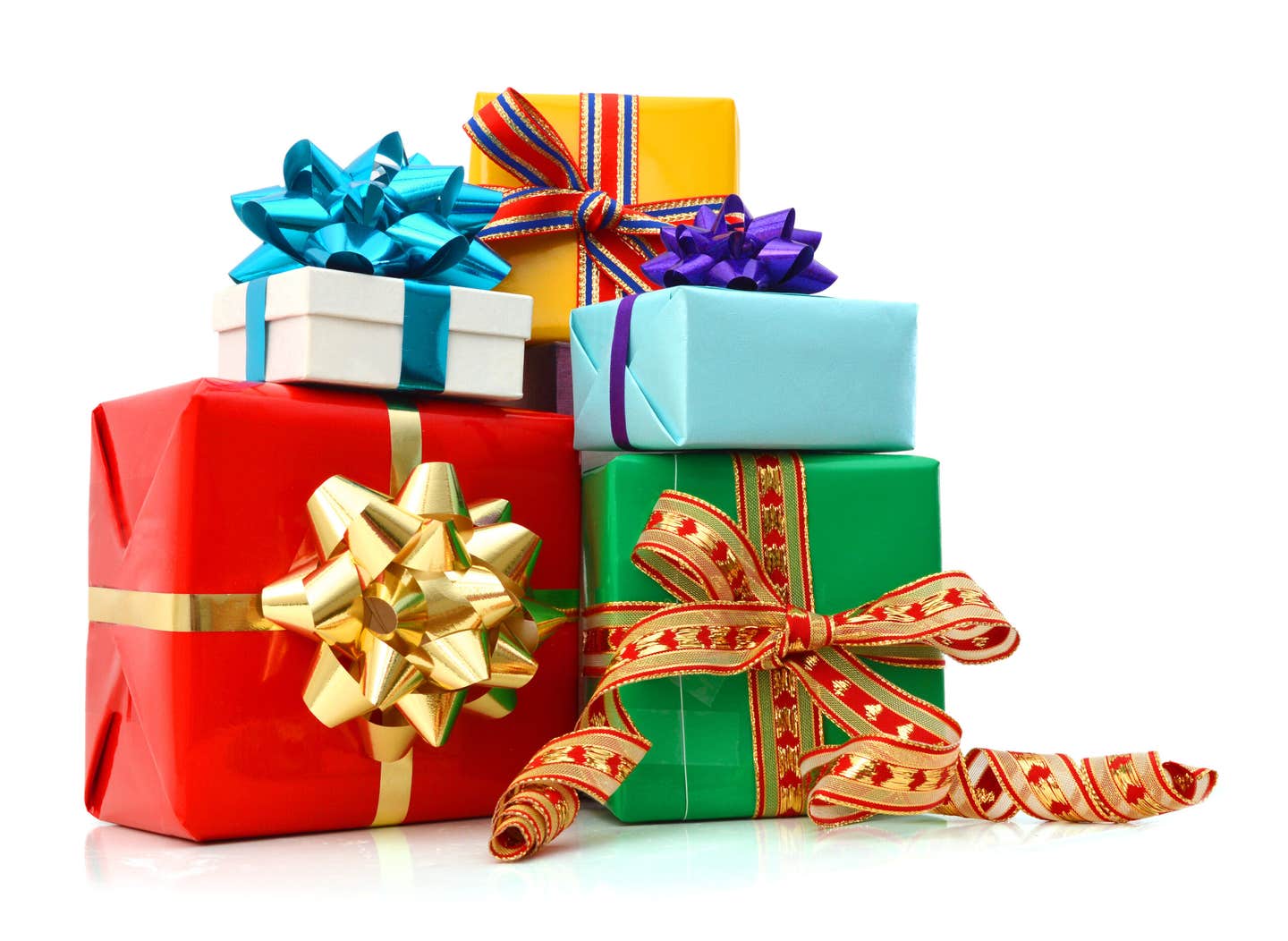Detecting Mintmark Counterfeits
Professional authenticators need to know the shapes of the mintmarks used at different times by each Mint, something that any reader can learn by using the Internet.
Some claim that counterfeits began appearing shortly after the first Lydian Lion coins were issued. If we were to use a 12-inch ruler to represent the history of coinage from its beginning to 2023, the existence of professional coin authentication services would be found somewhere after the 11-31/32-inch mark on the ruler! Before then, the task of detecting counterfeit coins was left up to the merchants, banks, money lenders, and knowledgeable collectors. As coin collecting evolved from a pastime of the rich, the number of professional dealers must have increased exponentially to serve all the new collectors. The best of them, along with exchanges and banks in Europe, bore the burden of detecting fraudulent pieces. Since I’m unable to write of any personal experiences with counterfeit coins before 1972, my thoughts here will also be very close to the tip of our ruler.
I learned that in the 1950s and 1960s, authentication duties in the U.S. fell mostly upon the shoulders of auction house employees and major professional coin dealers. Based on the fakes I see today, most deceptive fakes back then were extremely crude. At the same time, the “art” of coin authentication was not very advanced, and neither were the tools and methods employed. Balances, calipers, and marble slabs were used to measure a coin’s weight, size, composition, and “ring” sound. I don’t believe more than half a dozen people in the entire world ever looked at the metal surface of a coin using a stereo microscope or at magnifying powers over 20X! That’s too bad. Unfortunately, that was the state of the coin authentication “game” in 1972 when I joined the American Numismatic Association’s Certification Service in Washington, D.C.
The director, Charles Hoskins, was a former employee of the Philadelphia Mint. For this new position in the private sector, he was schooled for a short time by government coin authenticators at the Office of Technology in the Treasury Department. Employees working there checked the coins and dies used at the Mints, and they were also used by various government agencies and the public to authenticate coins. The Mint Lab authenticators used a stereo microscope with fluorescent light to examine metal surfaces, so this became the main tool for the ANA’s authentication service.
I was very fortunate to be “schooled” in the same way. After using this setup for 50 years, I cannot imagine why any of the “state-of-the-art” counterfeits we detected were deceptive at all. But remember, at the time, I was learning about genuine coins and what the characteristic defects found on counterfeits looked like under high magnification. It was not a straight learning curve without a few errors. We quickly learned not to rely exclusively on outside opinions from anyone. Additionally, we learned that authentication was not always a black-or-white decision. There were some coins we could not determine if they were good or bad after several months of work!
One of the surprising revelations was that virtually any defect seen on a counterfeit could occur on a genuine coin. I tell the story of sending a genuine 1878-CC double eagle back to prominent dealer Lester Merkin as a counterfeit because of tool marks from the denticles – a commonly seen defect (Figure 1) on fake gold. The kind gentleman calmly educated us. When he returned the coin to us, we confirmed its authenticity by matching its dies to a coin in the National Collection at the Smithsonian Museum.
Professional authentication has always been a “cat and mouse game.” Aside from just dealing with counterfeiters and coin doctors, we must deal with knowledgeable coin dealers and others who try to get things past us for their own gratification. One time, a dealer specializing in Buffalo nickels “got us” with a 1926-S Buffalo nickel that he knew was deceptively altered. The coin had an embossed mintmark. It was a completely unexpected, original alteration method and a very deceptive fake at the time. Who would bother to check the edge of a nickel except to look for corrosion or damage?
These fakes are made by drilling a hole into the edge of a relatively inexpensive genuine nickel without a mintmark. Then a small tool inserted into the hole is used to push up the coin’s surface into the shape of the desired mintmark. I would like to add one of these devices to my teaching set one day. The shape of the mintmark can be used to detect this alteration if you know what the genuine mintmark looks like. The repaired hole on the edge provides another clue, but you must be looking for it.
Being more cautious, when this same type of alteration began appearing on Morgan dollars, it was easy for us to detect. Having to add edge reeds to conceal the hole in a way that matches the untouched edge reeds is difficult. Above is a failed attempt to alter an 1887-P Morgan dollar into one from the San Francisco Mint. The channel drilled into the edge was out of alignment with the wreath and made at an angle in error so that it left a raised mound leading to a blunt, blob shape that the crook partially scratched out. Additionally, on this piece, the faker did not bother to completely fill in the hole that he made into the edge.
Professional authenticators need to know the shapes of the mintmarks used at different times by each Mint. This is something that any reader can learn by using the Internet.
You may also like "Super Fakes" Challenge Authenticators




